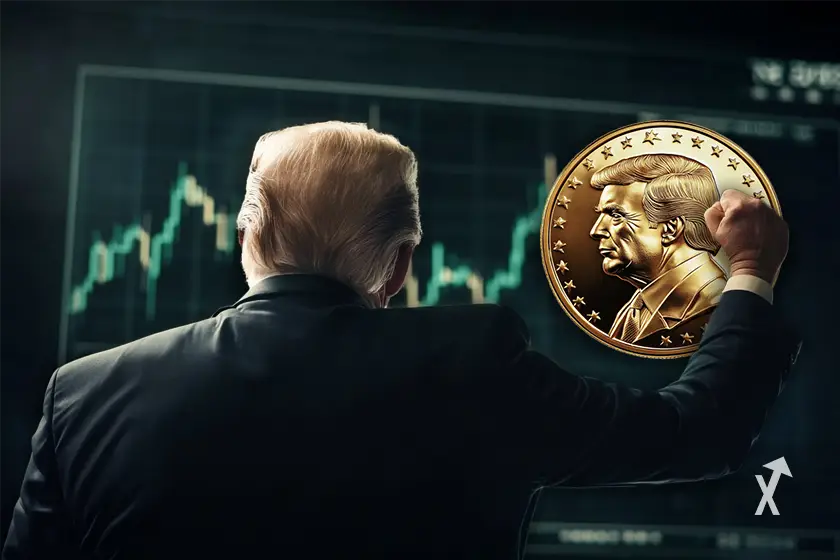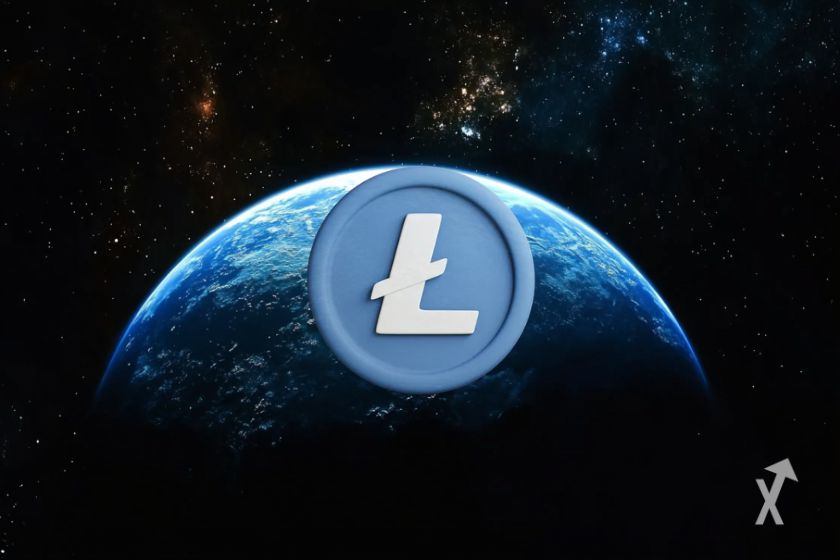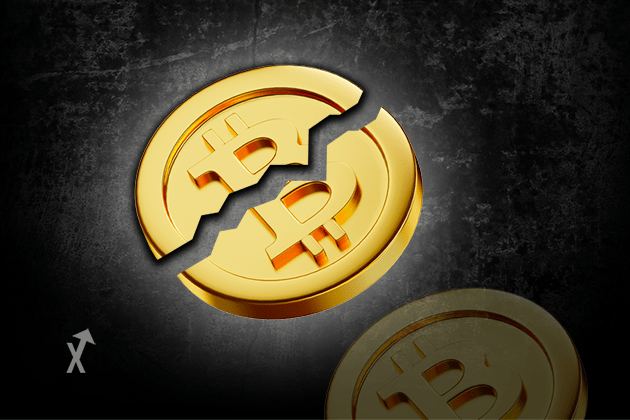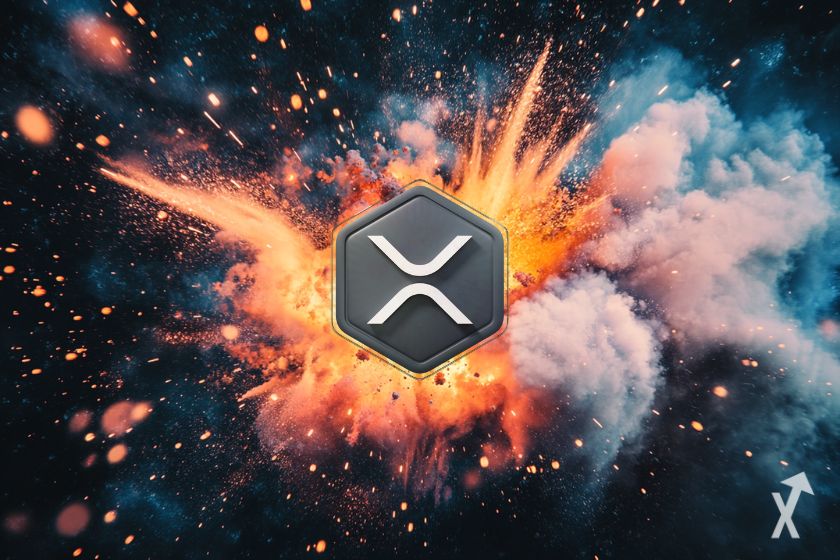Blockchain, what is it?
Blockchain is a technology that promotes the decentralized, transparent and secure storage and transmission of digital data.
It is a kind of register or digital database that records the exhaustive history of the exchanges of assets carried out between the users of the network on which it is established.
In networks that operate on this technology, there is no central authority or intermediaries. Transactions between network members are facilitated and costs are reduced. Likewise, all members of the network have access to the registry.
Blockchain definition : how does it work?
In blockchains, transactions are recorded only once. They are saved as a data block.
Each validated block is time-stamped before being attached as a result of the blockchain and it is not possible for a block to fit between two blocks.
All of these blocks therefore form an irreversible chain of blocks called blockchain. Once blocks are validated and added to the chain, they cannot be deleted or modified. However, they can be viewed by all nodes in the network. This ensures security and transparency within the network.
Blocks of data making up blockchains are stored on nodes.
Nodes are storage units. The blockchain is therefore not stored on a single server.
It is stored in several computers (the nodes) distributed among users who have chosen to put the power of their computer hardware to work.
Each node has a copy of the history of the exchanges carried out on the network and can therefore detect any modification made to a block after its addition.
What is the relationship between blockchain and NFTs ?
Blockchain technology has enormous potential. It is not limited to cryptocurrencies.
It is compatible with many other technologies, in this case NFTs.
NFTs or non-fungible tokens are digital assets associated with unique certificates of authenticity.
It can be photographs, sounds, videos, etc.
NFTs are mostly distributed on the Ethereum blockchain. This records proof of ownership of these assets, making them tamper-proof and non-interchangeable. They can be consulted, but their owners retain exclusive ownership.
What is the Bitcoin Blockchain ?
The first blockchain was created in 2009 with Bitcoin. It will therefore be noted that Bitcoin is its most popular use case. The Bitcoin blockchain is a public blockchain, that is to say accessible to anyone who would like to use this crypto. It allows the recording and tracking of BTC transactions made between network users.
As soon as a user sends a BTC transfer request, the request is sent to the network as a block. The network nodes check the data contained in the block to ensure the authenticity of the applicant’s identity and the availability, in his wallet, of the quantity of BTC necessary for the initiated transaction. They will have to find the hash which is the cryptographic identifier of the transaction on the blockchain.
If the identifier found is not the correct one, the block cannot be added to the last block of the blockchain. The search for the hash therefore requires very complex mathematical calculations and puts all the nodes of the network in competition.
Whoever finds the hash first receives a predefined reward from the network. This system is called Proof of Work.
What is the Ethereum Blockchain ?
Very popular, the Ethereum blockchain was created as an improved version of the Bitcoin blockchain.
Currently, it is in the process of migrating to Ethereum 2.0. In fact, ETH 1.0 operated on the basis of Proof of Work, just like the Bitcoin network. However, the popularity of the network has reached such a level that the volume of transactions causes some slowness.
With the consensus model used for ETH 2.0, the Proof of Stake, it will be enough for the network nodes to stake their cryptocurrencies to participate in the governance and security of the network.
The particularity of the Ethereum blockchain is that it is not only a register designed for recording and monitoring transactions.
The platform is designed in such a language that many software developers prefer to deploy their software on Ethereum rather than on servers. Thus were born the smart contracts that have become the basis of decentralized applications (dApps) and NFTs.
What is the future of blockchain ?
Blockchain is a very promising technology for the future. While its best-known use cases are currently in the cryptocurrency sector, its applications go far beyond digital currencies.
The world of web3 and decentralized finance (DeFi) is growing thanks to blockchain principles and is the future.
As such, companies can, for example, set up private blockchains to facilitate access for their staff. In a few years, we could also see the deployment of blockchain technology in the worlds of finance, transport, health, supply, agrifood, justice, etc.
In almost all sectors, the blockchain will make it possible to simplify the administrative procedures for registering, verifying information and monitoring individuals, products circulating in the international commercial space, real estate and other assets that pass from one owner to another, etc. Given the vastness of the memory offered, the information stored there can be kept indefinitely.

















